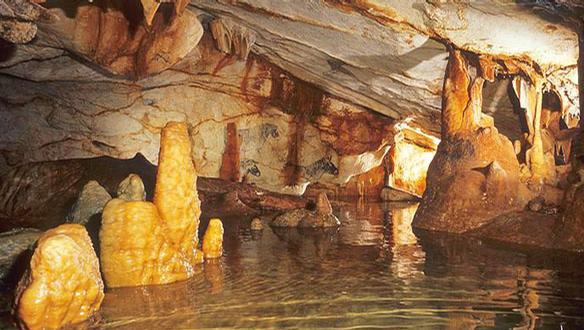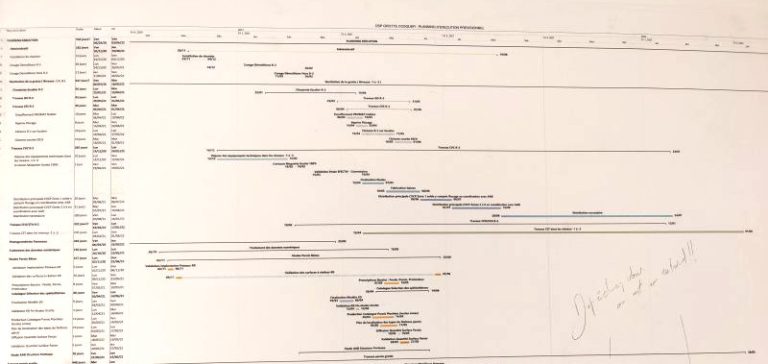
I want to relate about a successful project in all points and the lessons we can take from it.
The project is a museum situated in Marseille, France. It replicates the Cosquer Cave and is dedicated to prehistoric art. You need to book the entrance online, as the demand for visiting it exceeds the entrance throughput. Building this museum was certainly not cheap, and I even suspect the project went over budget. Nevertheless, visiting the museum is definitely worth the trip to Marseille. I was also stunned to find out that the whole project was completed in only two and half years. Given its scale, it is incredibly short. I found out what made such a complex project successful. Five reasons clearly stand out:
1. A clear vision and value
The goal of the museum was to replicate a cave found 30 meters under the sea in 1985 by a diver named Henry Cosquer. The cave is a masterpiece of the Prehistoric art as it contains nearly 300 drawings and carvings older than 30 thousand years ago, where the level of the sea was 300 feet lower than nowadays, due to a much colder climate. Nobody is allowed to enter the real cave, so a decision was made to create a copy. All the project was conducted with the vision of revealing this unique patrimony to the public.
2. Sponsorship
The museum was partly financed by the local region, and the president of the Marseille region took the museum as his pet project. This official support helped remove a lot of administrative impediments and was also key for finding a location downtown.
3. Choice of contractors
Both the contractor chosen for measuring the original cave and render it in 3D, and the one chosen for building the cave walls already had experience in doing something similar for another adorned cave in France. Additionally, these contractors were good at conducting the project based on their previous lessons learned.
4. High quality input data
Before the museum construction started, it took almost a decade to meticulously gather data inside the cave. Then, data were analyzed, processed, and shared among the contractors. There were no back and forth with missing elements and this insured a quick execution of the building works.
5. A precise task breakdown
As it is often done in building industry, all tasks were precisely described in Microsoft Project Gantt chart tool. Even if task estimations were often flawed, and tasks slipped further in time, most of them were done in parallel and defined very clearly.
I recommend celebrating your new knowledge on the Paleolithic era with a very decent cappuccino at the Museum café to conclude your visit.
Sebastian Zelechowski
